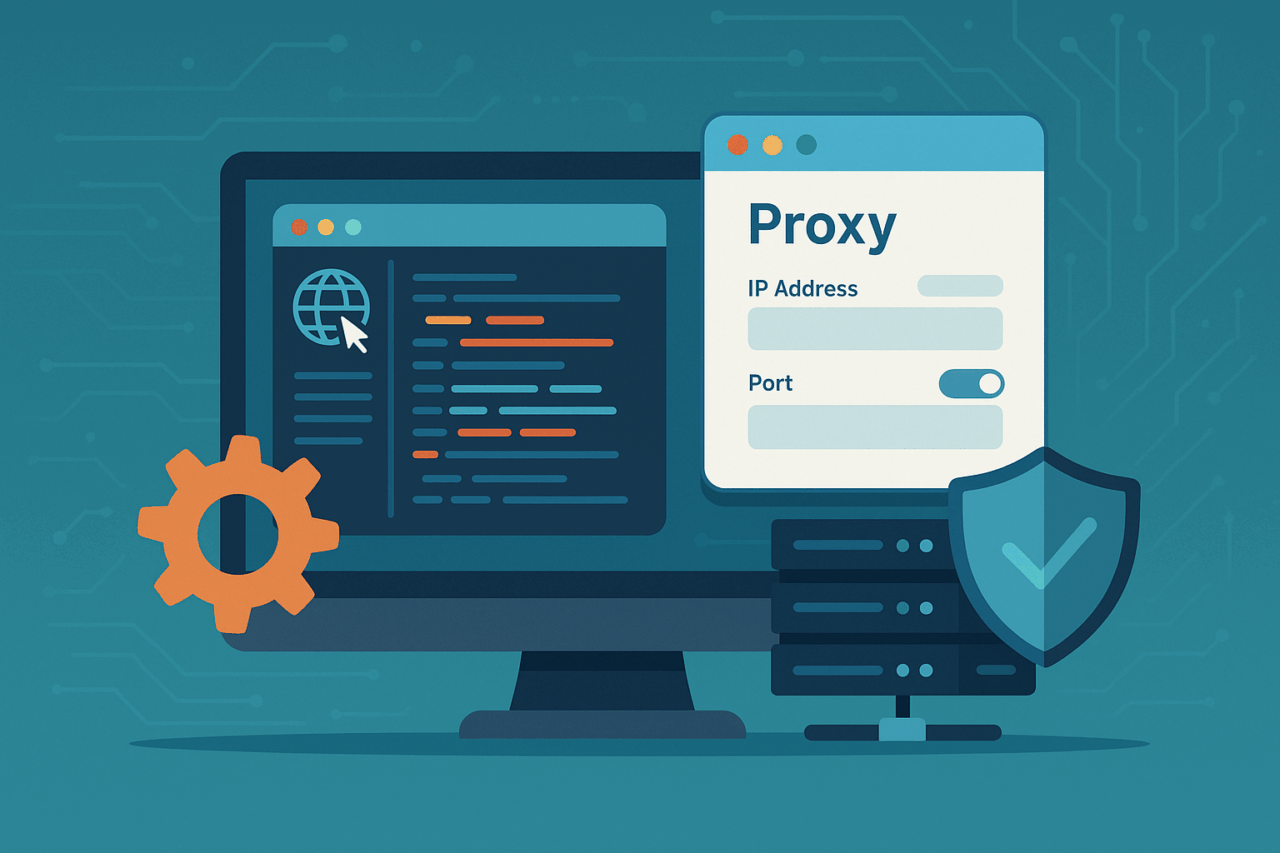Scraping Software with Proxy Support: What to Use?
By Edelmiro
In the age of information, the art of data collection has evolved from the analog days of painstakingly tuning radios for a clear signal to the precise, almost clinical, orchestration of web scraping. The parallel is apt: both require the right tools, a sensitivity to interference, and a keen awareness of ethical and legal boundaries. Today, the proliferation of anti-bot measures on websites has made proxy support as indispensable to the modern scraper as frequency filters are to a radio engineer.
Features: The Modern Scraper’s Toolkit
High-caliber scraping software with proxy support—think Scrapy, Octoparse, and Apify—boasts a constellation of features:
- Proxy Rotation: Automatic cycling through IP addresses to avoid detection, akin to hopping frequencies to dodge jammers.
- Headless Browsing: Simulating real user behavior, much like sending out a decoy signal.
- CAPTCHA Handling: Integration with third-party solvers to bypass basic defenses.
- Scheduling & Automation: Set-and-forget capabilities for regular data harvesting.
- Data Export Flexibility: Output to CSV, JSON, or direct database injection.
- Error Handling: Robust logging and retry mechanisms.
UI/UX: The Operator’s Console
User interfaces range from the spartan (command-line tools like Scrapy) to the opulent (visual workflow designers like Octoparse). The former favors those who appreciate the spartan efficiency of a well-wired breadboard, while the latter courts the convenience of point-and-click configuration, reminiscent of a modern chess GUI that visualizes possible moves.
- Scrapy: Minimalist and code-centric; steep learning curve but unparalleled control.
- Octoparse: Drag-and-drop logic, visual flowcharts, and built-in templates for common websites.
- Apify: Hybrid approach—API-driven with a friendly dashboard for orchestrating cloud actors.
Pros and Cons: Trade-offs in Design
-
Pros
- Stealth and Reliability: Proxy support dramatically reduces the risk of bans.
- Scalability: Many solutions support distributed scraping across multiple nodes.
- Customization: From headers to delays, every move can be fine-tuned, echoing the incremental adjustments in a chess endgame.
- Integration: Most tools offer APIs or webhooks for seamless pipeline integration.
-
Cons
- Complexity: Configuration can be daunting, especially for proxy management.
- Performance Overhead: Proxy rotation and CAPTCHA solving add latency.
- Cost: Residential proxies and premium solvers can quickly inflate budgets.
- Legal/Ethical Risk: The onus is on the user to avoid scraping forbidden or sensitive data.
Compatibility: Cross-Platform Reach
Most leading solutions are OS-agnostic. Scrapy runs anywhere Python does; Octoparse is Windows-centric but offers a cloud version; Apify is browser-based and thus platform-independent. Proxy support typically covers HTTP, HTTPS, and SOCKS proxies, with compatibility for popular providers like Bright Data, Smartproxy, and residential IP pools.
Configuration: Tuning for Clarity
Configuration is half the battle. Proxy setup may involve:
- Importing proxy lists (IP:Port or authenticated endpoints)
- Defining rotation frequency and failure thresholds
- Integrating with proxy APIs for dynamic assignment
- Setting custom user-agent strings and request headers
- Scripting conditional logic to handle CAPTCHAs or redirects
A methodical approach—testing with a small batch, monitoring logs, and adjusting parameters—yields the best results, just as a radio engineer would iteratively notch out noise.
Practical Tips: Playing the Board, Not the Pieces
- Rotate proxies judiciously; frequency too high may trigger suspicion.
- Mimic human behavior with random delays and mouse movements (headless browser mode).
- Always respect robots.txt and terms of service—chess, after all, loses its elegance without rules.
- Monitor proxy health; dead proxies are wasted moves.
- For large-scale tasks, consider cloud-based solutions for horizontal scaling.
Conclusion: Is It Worth Using?
In sum, scraping software with robust proxy support is not merely worth using—it is essential for any serious data acquisition beyond trivial, public endpoints. For researchers, competitive analysts, and digital archivists, these tools represent the best blend of strategy and structure, reminiscent of a well-conceived chess opening: secure, adaptable, and ready to exploit an opponent’s weaknesses.
Yet, as in radio engineering, the operator’s discipline makes all the difference. A tool is only as effective as its configuration, and a strategy only as sound as its adherence to the rules. Employed judiciously and ethically, the modern scraper is a marvel of digital craftsmanship—worthy of both admiration and respect.

Comments (0)
There are no comments here yet, you can be the first!